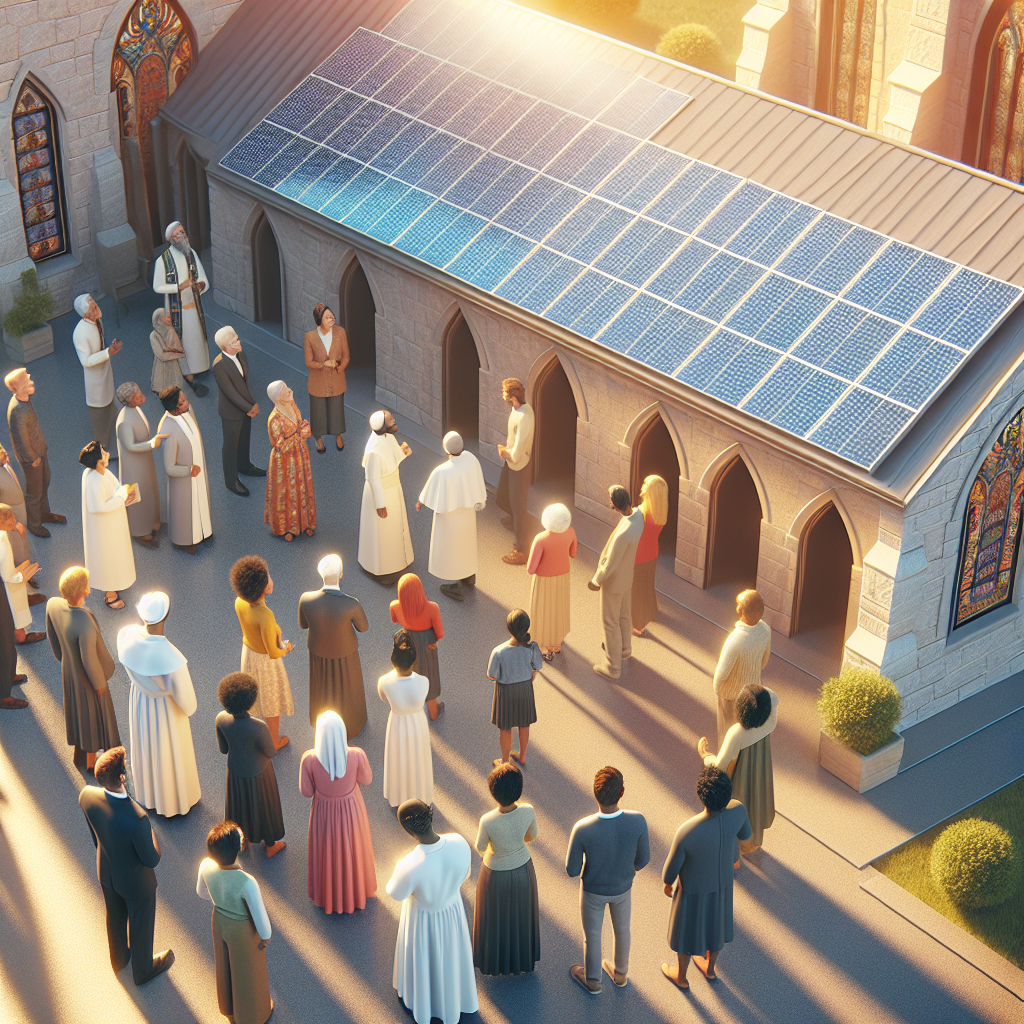
As the world’s attention turns to the environment, could it also be turning to a higher power? Green energy investment has surged globally in recent years, but where does religion fit into this picture? Are environmentally-conscious worshipers driving up demand for clean power?
Let’s first consider the current system of religious engagement with environmental efforts. Faith-based organizations have long been involved in social issues, from civil rights to poverty alleviation. Now they are increasingly playing an important role in promoting sustainable practices and policies.
The proposals suggest that spiritual leaders can use their influence to encourage their followers towards green lifestyles and investments. Both grassroots movements and international religious institutions have called upon their devotees to invest in renewable sources of energy as part of their moral responsibility towards creation.

This approach is seeing results. For example, a group of Buddhist monks invested heavily in solar technology for heating their monastery – a move praised by both environmentalists and fellow believers.
We must also look at how embracing green energies impacts students within these religious communities. Religious education often molds young minds regarding ethical responsibilities, which now includes caring for our planet through renewable resources.
Moving on to teachers’ perspectives shows us another angle of this intriguing dynamic between faith & renewables. They find themselves tasked with integrating these modern realities into foundational teachings without diluting core principles.
Parents too share concerns about merging the traditional values they were raised on with evolving societal expectations centered around caring for Earth’s resources.
In light of success stories like monasteries powered entirely by renewable resources or church bell towers topped with wind turbines, members of diverse religious communities feel inspired to contribute towards similar initiatives. They view these stories as a testament to the power of faith-based commitment towards environmental sustainability.
However, challenges lie ahead. The journey to achieving full integration is long and fraught with issues such as financial constraints, lack of technical knowledge among rural congregations, and resistance from traditionalists who view this evolution as a distraction from spiritual pursuits.
The path forward seems clear though – continued dialogues within faith communities about our responsibility towards the planet while maintaining respectful engagement with traditional doctrines. As green energy investment surges further, we shall monitor how religion continues to influence this discourse in interesting ways.
